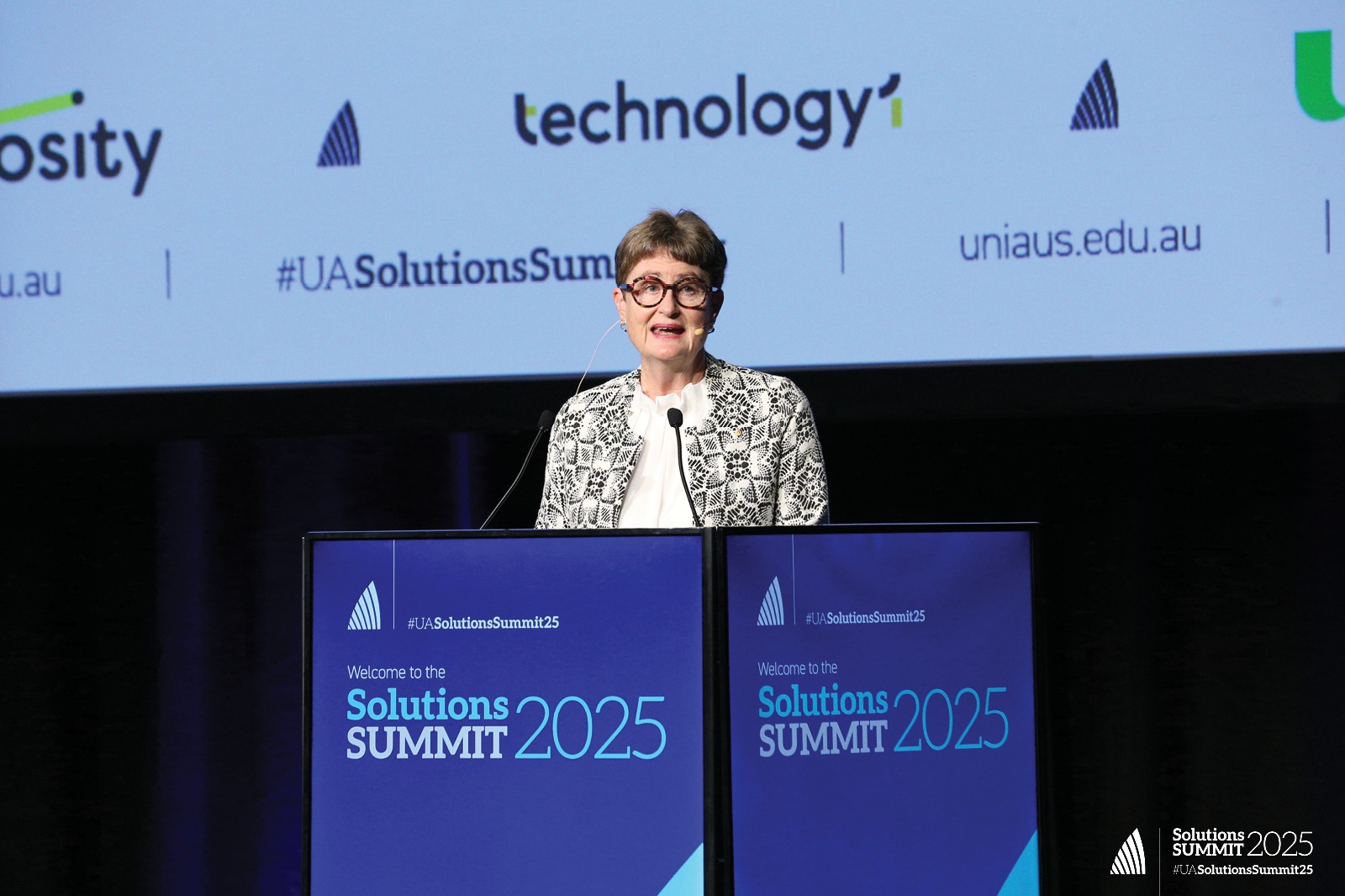OpinionTop Stories
What are our future skills needs and how can we provide for them?

The SkillsFuture initiative in Singapore is a globally leading example of industry, government and higher and further education institutions working together to plan for and deliver the lifelong learning strategy of a nation.
Please login below to view content or subscribe now.





